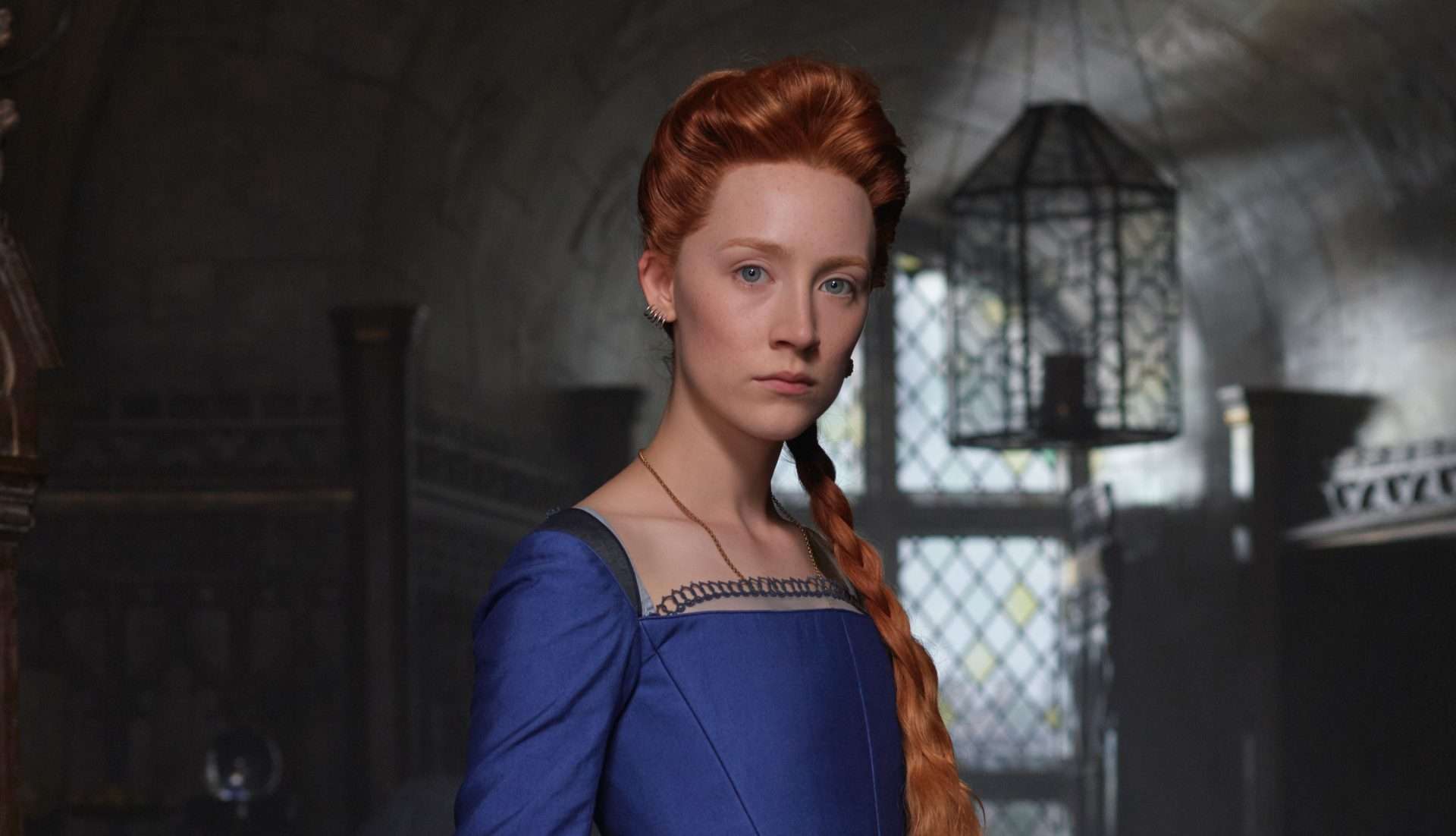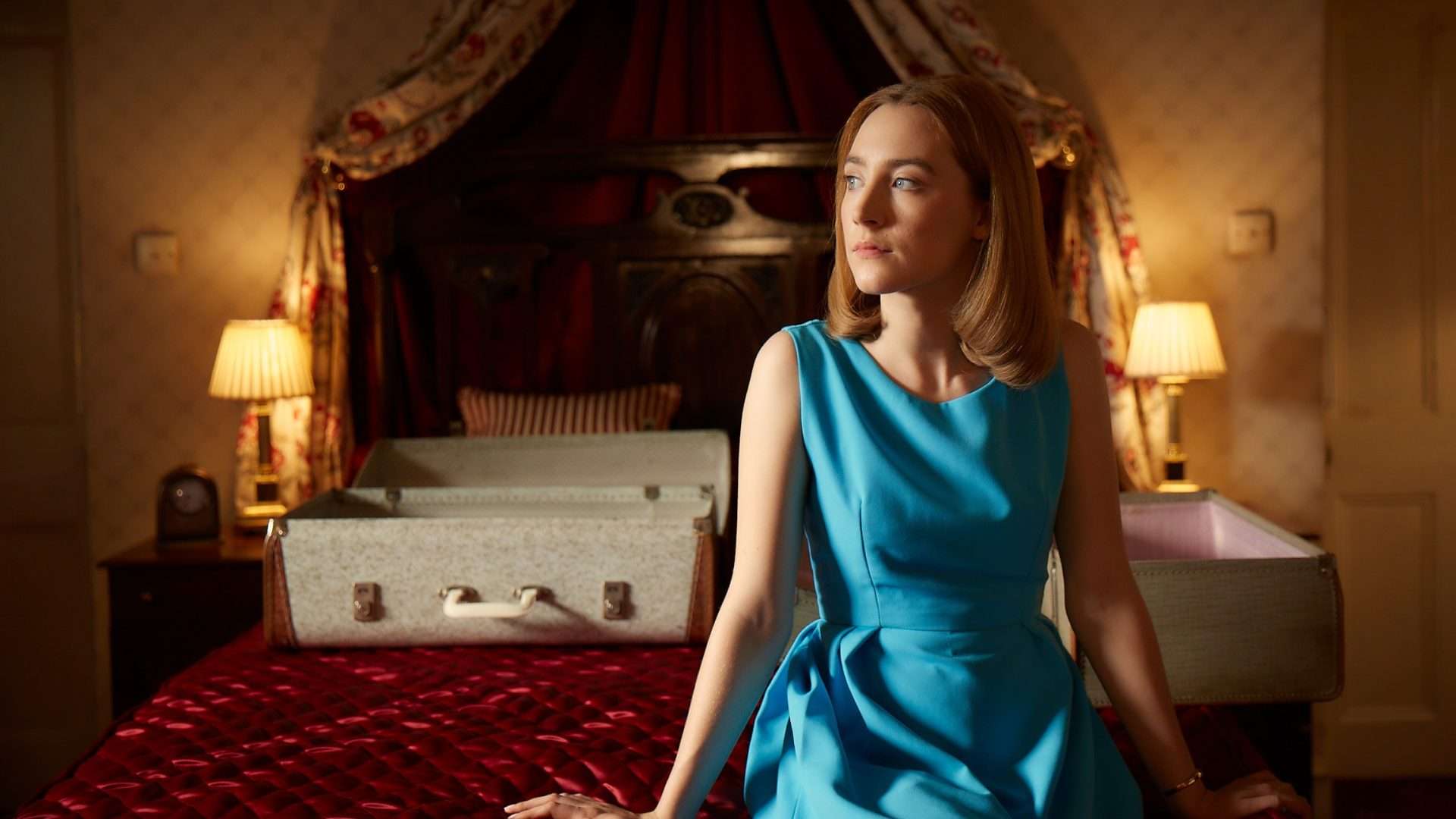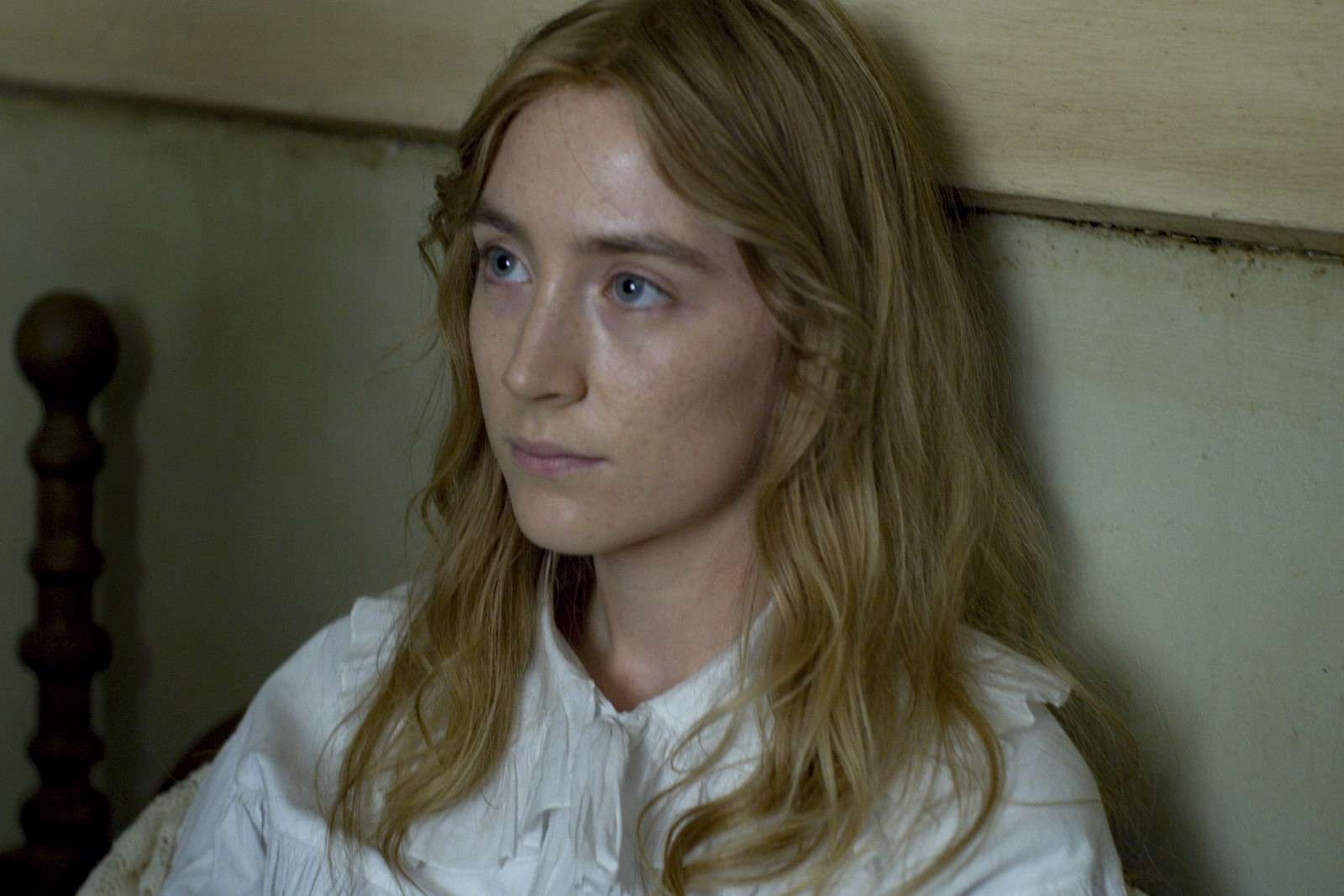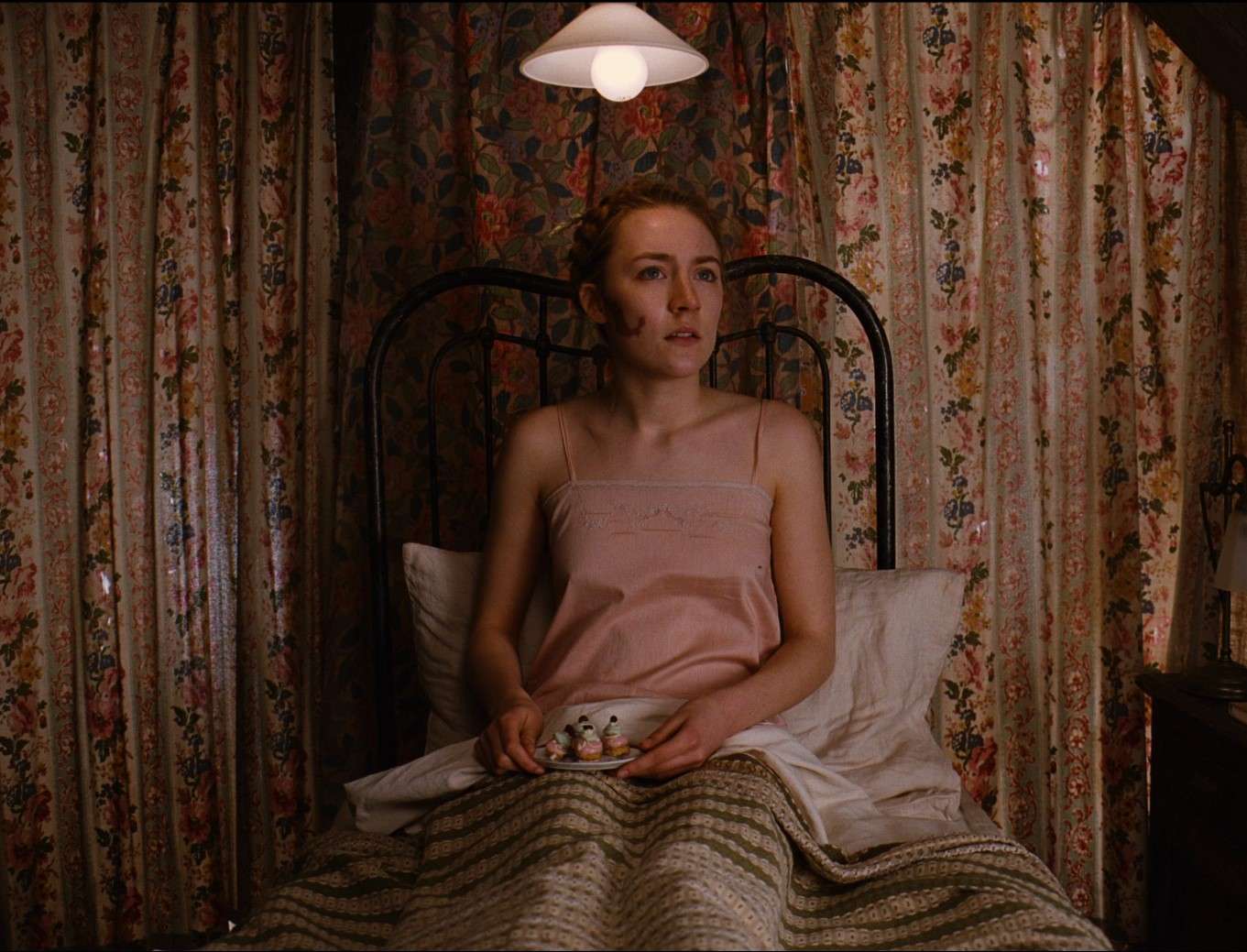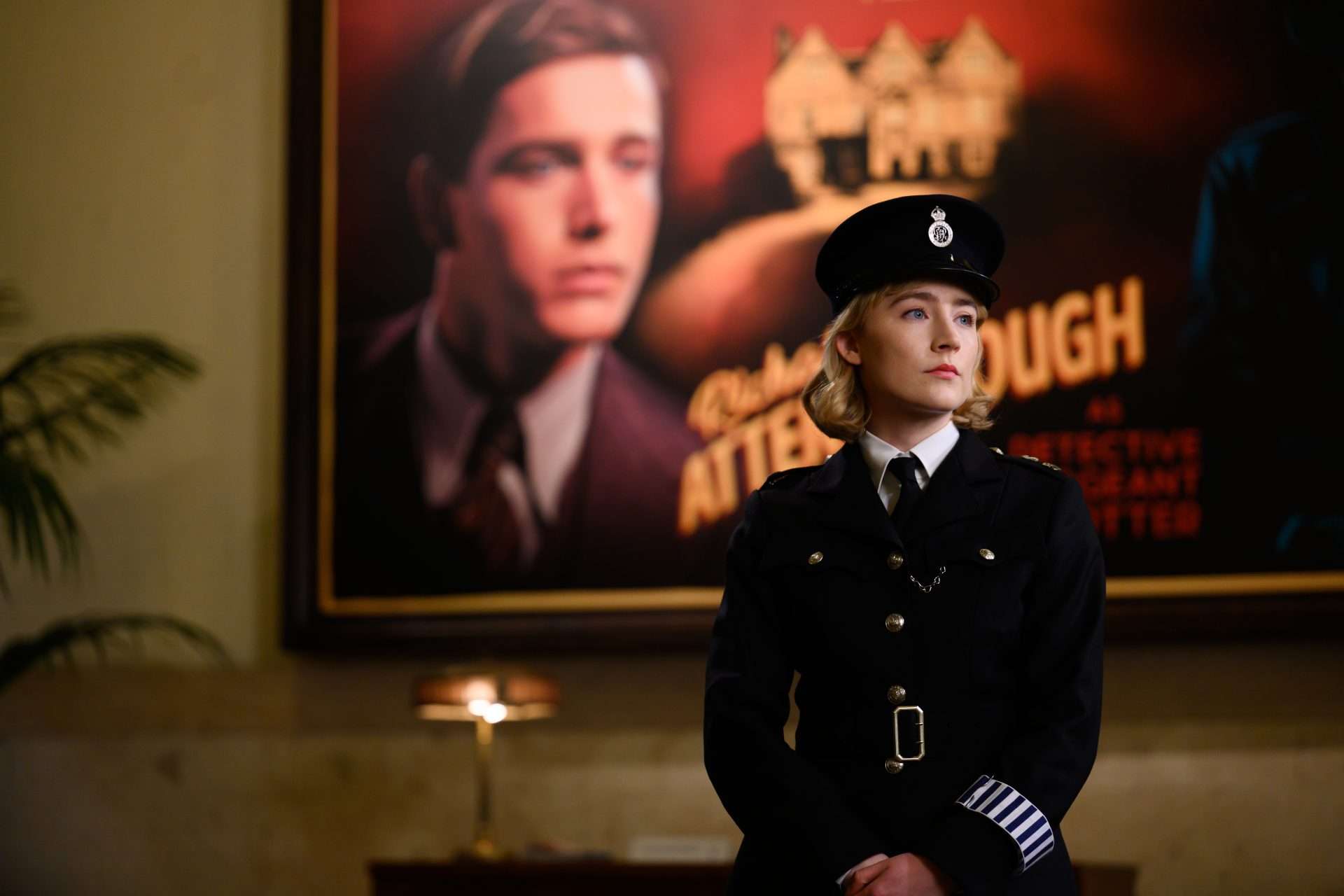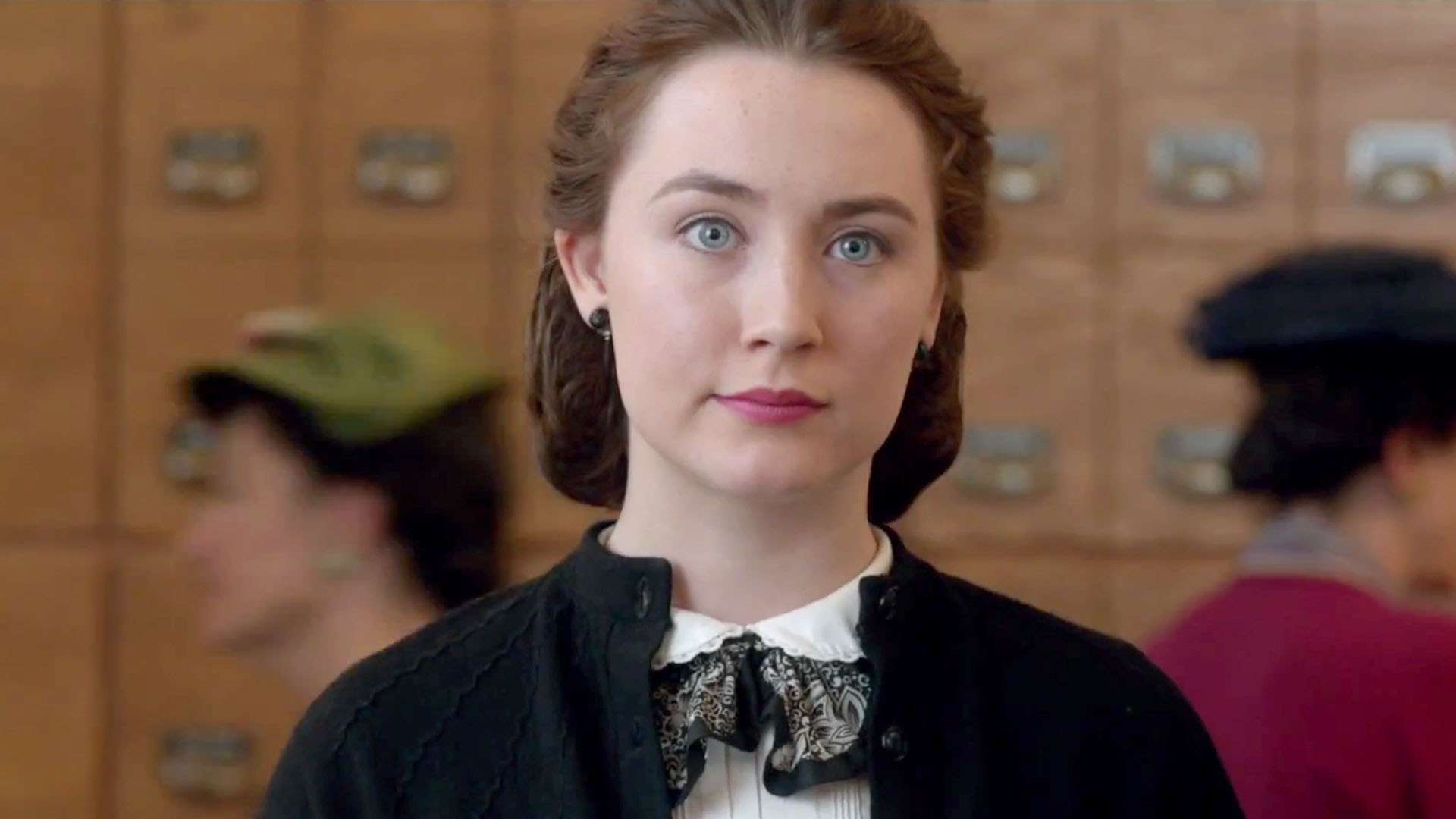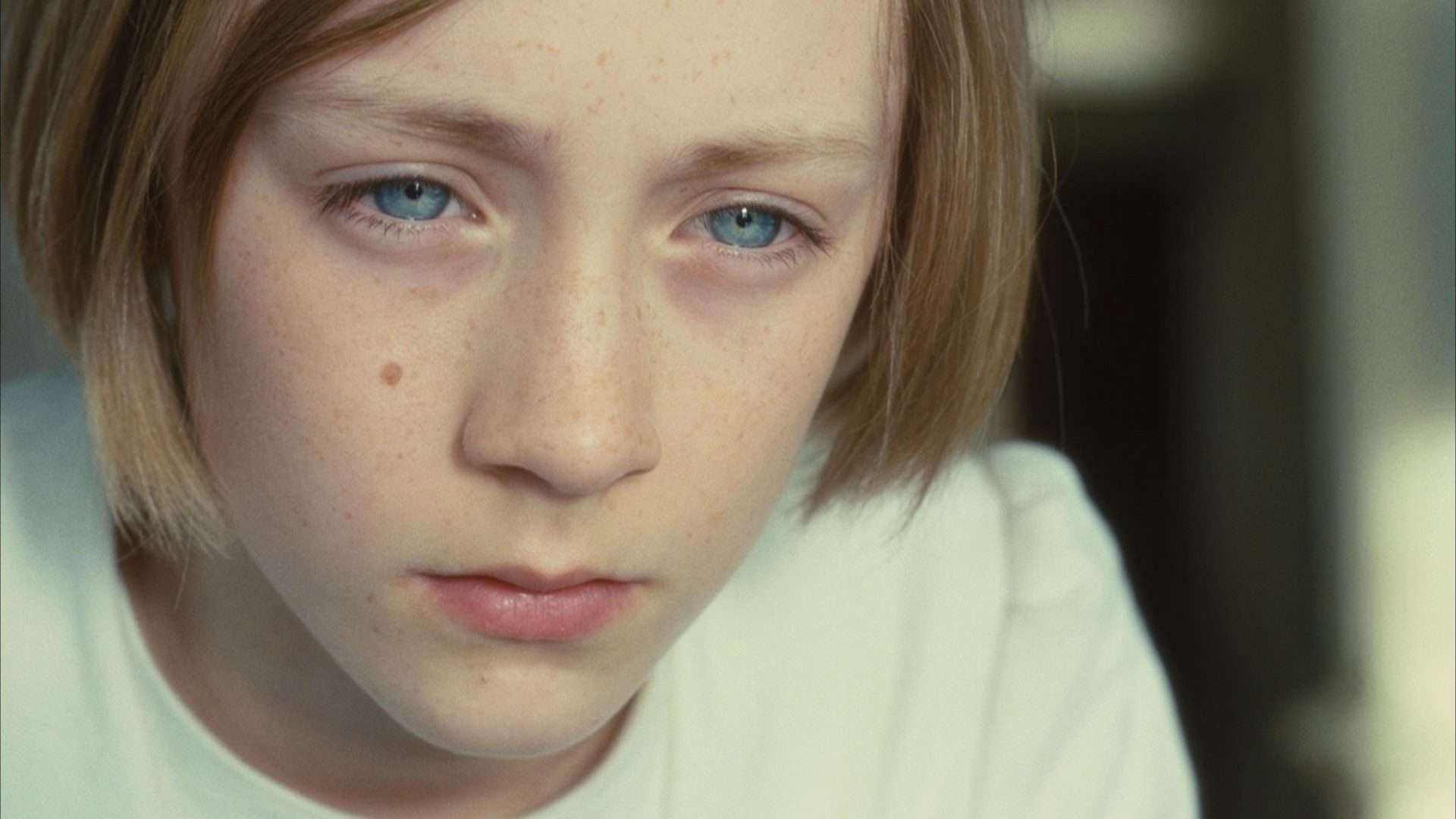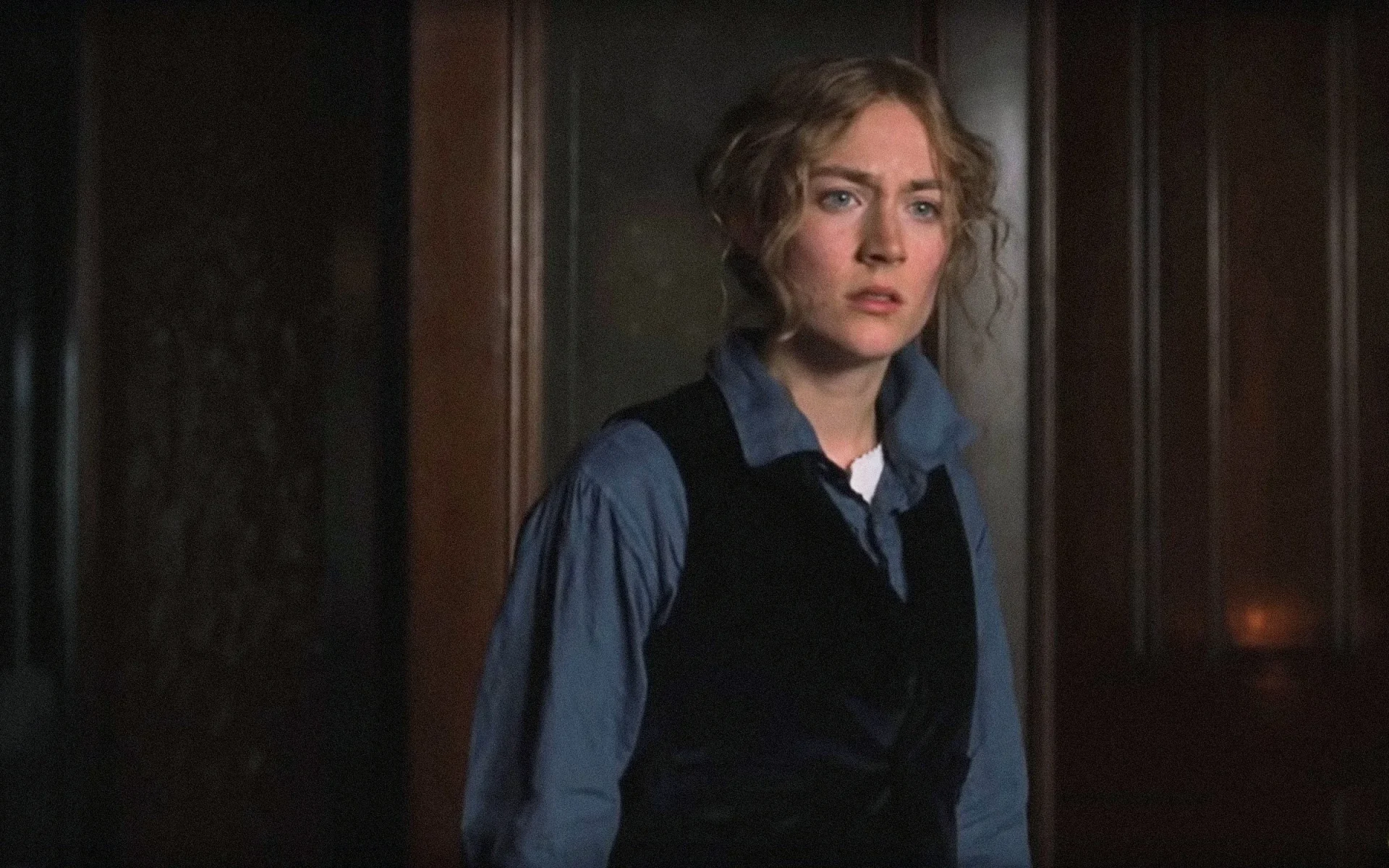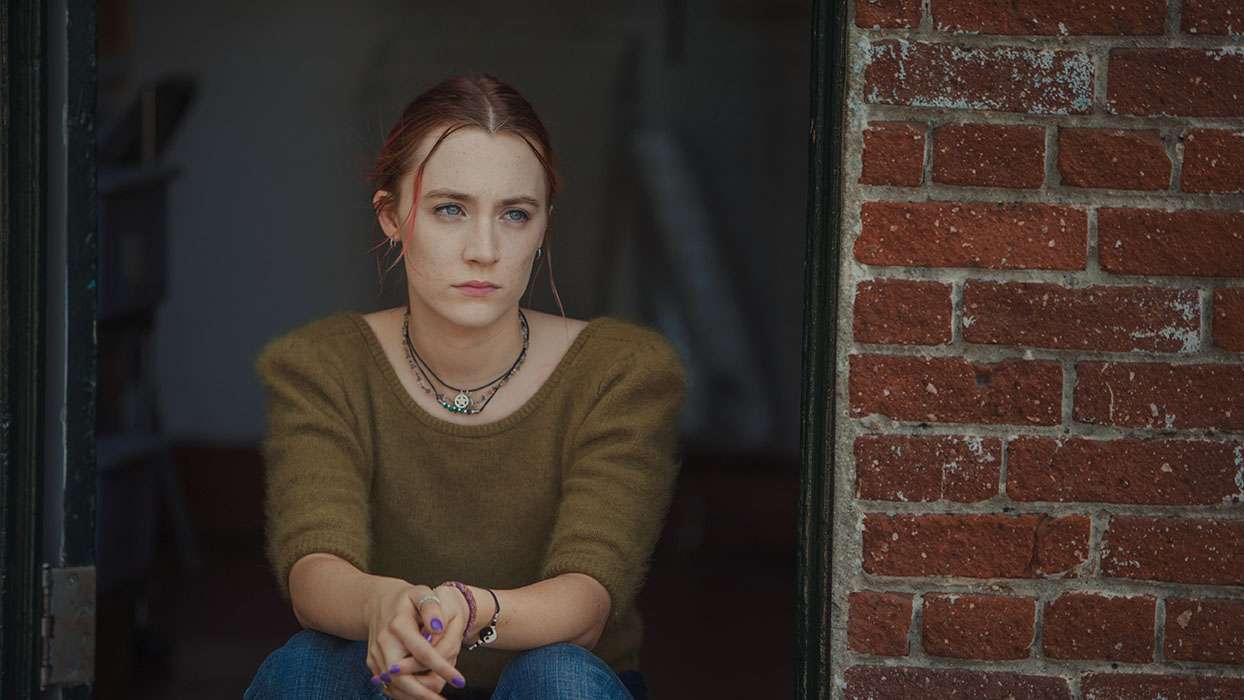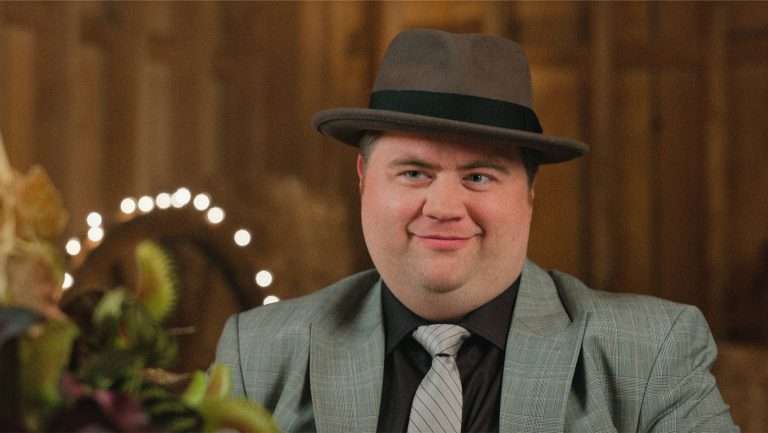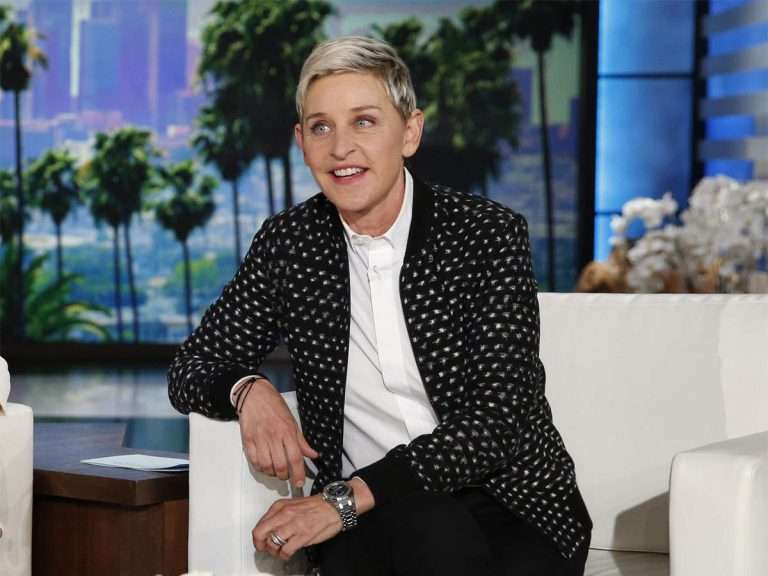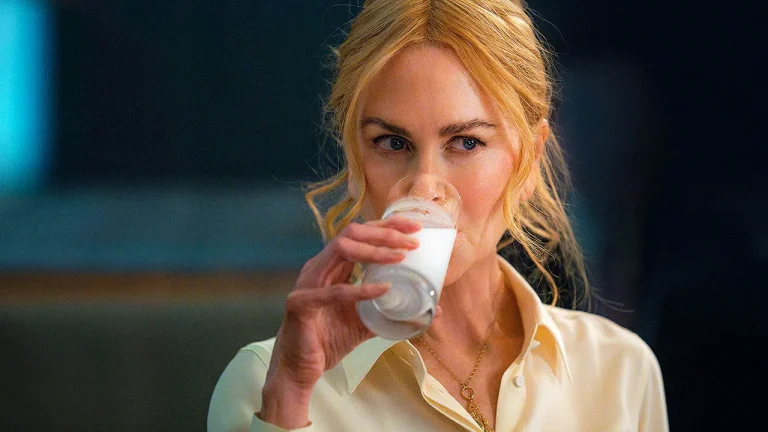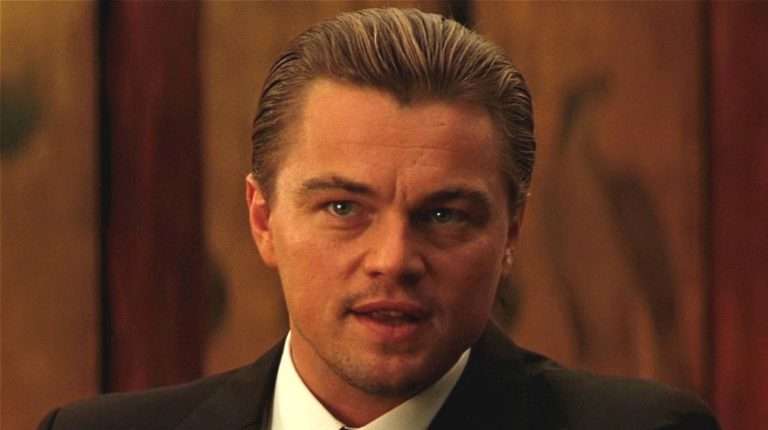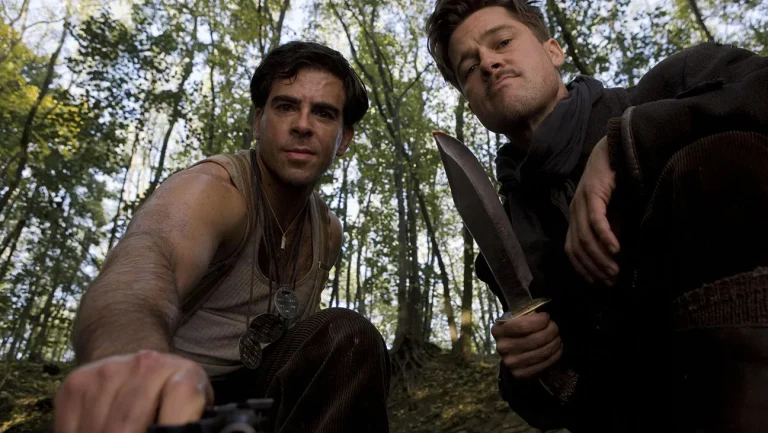Saoirse Ronan is one of those child actors who launched into fame without sensationalist headlines, remaining consistent, skilled, and reliable throughout her career. Her breakthrough role in “Atonement” tripped on the heels of her acting debut, “I Could Never Be You, Woman,” with both films being released in 2007. Startling critics with her professional handle on acting at the precious age of twelve, Ronan became the saving grace of some less honorable titles and the crown jewel of critically acclaimed favorites. Consistent. Skilled. Reliable.
Like all actors, Ronan has a few doozies dotting her filmography— ”Host” (2013), “Violet Daisy” (2011), “The Seagull” (2018), the wasted potential of “Foe” (2023), and whatever was going on in Peter Jackson’s illaudable adaptation of “The Lovely Bones” (2009). Although these films might be decomposing on the aptly named rating site Rotten Tomatoes, her performance in all of them is practically faultless and more a reflection of her agent than Ronan. Some other Ronan movies not mentioned on our list that are worth checking out are “Hanna” (2011), “Loving Vincent” (2017), and “How I Live Now” (2013).
The critical reception for “The Outrun”—to be released at the end of September 2024—has so far been positive. The fact that the Irish actress was born in the Bronx explains all the American productions in her canon—parts she pulls off with ease on account of identifying as an Irishwoman and a New Yorker in equal measure. “The Outrun” pauses Ronan’s glamorous Hollywood streak to make use of her British heritage. Okay, so her character is Scottish, not Irish, in “The Outrun,” but the Orkney Islands are a close match to Dublin’s cobbled streets and maritime climate, where Ronan moved when she was three. At least, it’s a far cry from the Golden State of California or getting Stockholm syndrome in sunny Pennsylvania.
Adapted from Amy Liptrot’s rehab memoirs, “The Outrun” is a moving character study that hinges on Ronan’s performance as a recovering alcoholic returning home from London to the north coast of Scotland. This no doubt tapped into her own childhood, moving from the bustle of New York to the fresh air of Dublin, and so far, “The Outrun” has been cited as a cliché-dodging feminist odyssey of emotion. While Ronan builds up even more momentum in her blossoming career, we will look back at some of her past movies and the champion roles that carved her out as a soulful, talented, one-of-a-kind actress with chameleon abilities.
10. Mary Queen of Scots (2018)
History has been commercialized in cinema time and time again, slapping a shiny celebrity face onto a grisly Middle Age event and presenting it as popcorn entertainment. Sometimes it works (“Braveheart”—though the Scots themselves might disagree), sometimes it flops (“King Arthur”), and sometimes it hangs in between (“Outlaw King”), a piece of clothing hanging limp on the hanger, no flesh to fill it, but at least it’s still holding up and not crumpled into a heap on the floor. One of the things holding “Mary Queen of Scots” up is the performances, but what else would you expect from a knock-out protagonist duo like Ronan and Margot Robbie?
Ronan stands as the fresh-faced, headstrong Mary Stuart, who took up the throne of Scotland in 1561. The rigid 16th-century patriarchy was cracking its bones in rage at the fact two women were now ruling Britain, as Queen Elizabeth (Robbie) wore the crown next door in England. What should have been two women teaming up to take down the warmongering, power-hungry men manipulating them, no doubt turning in the graves if they knew about things like suffrage and equal pay, ended in the infamous royal rivalry that forced Mary to abdicate and walk the plank in her symbolic red petticoat.
The opposing forces of Ronan and Margot make the predictable and fact-dodging plot worth the watch—a reliable Hollywood crowd-pleaser that subverts the usual depiction of Queen Elizabeth. Instead of sternly reigning supreme, Elizabeth I spirals into a mental breakdown while Mary brandishes her sword and gives Mel Gibson a run for his money. The talented wardrobe and make-up department (using Robbie’s balding chalk-faced makeover as shock-factor trailer clickbait) and stirring fist-clenching performances make up for what Josie Rourke’s biopic lacks. Just take the plot with a pinch of salt and view it more as an interpretation.
9. On Chesil Beach (2017)
For the past two decades, the film industry has been plucking Ian McEwan’s books up to recreate, from “Enduring Love” (2004) to “The Children Act” (2017). Two of his works have been metamorphosed into crushing period movies that grapple with a not-so-sweeping romance turned awry, both starring Ronan. Following on from “Atonement,” Ronan returned to the world of Ian “Macabre” to star in “On Chesil Beach,” directed by Dominic Cooke.
“On Chesil Beach” is an intimate movie, burrowing into the heart and mind of one woman and the ripple effect that her past has on her present—and, by extension, her new husband. Dominated by her father, Florence follows the rules of her social status to the letter: Oxford University, classical violinist, and upper-class husband. Oh, wait—scratch that last. Florence’s act of defiance—marrying from the heart to a blue-collar, quick-tempered rock n’ roller, rather than into her father’s classist wishes—doesn’t end in a triumphant cruise into the sunset. Instead, her repressed traumas and family stressors squash the newlyweds while they’re still in their honeymoon phase.
The very air of “On Chesil Beach” is quietly tragic—not in a gut-wrenching, clawing out her eyes and rocking in the corner of a looney bin kind of way. It’s more in a sad poem kind of way. Echoing the stifled, stiff-upper-lip manifesto of its early 60s British setting, “On Chesil Beach” takes the idyllic old-time life of courting and countryside row boating and reveals the damaging result of conservatism. It’s subtle and subtextual—a style of filmmaking some actors can’t handle, only able to stir emotion by screaming their rage with bells on. Not Ronan. She can make us cry just with a glassy look in her eye or the way she drops a cup of tea.
8. Ammonite (2020)
“Ammonite” also guides Ronan oceanward—and also to Dorset, where “On Chesil Beach” takes place. This coastal romance is set in the 1840s when a lonely, coarse-skinned fossil collector lives in Lyme Regis with her mother. Her life is as simple as the movie is—stripped back of orchestras or dramatic airport (coach house?) dashes—as Mary Anning (Kate Winslet) spends her days collecting and polishing rocks to sell. Anning was a real paleontologist who chipped away at the discovery of natural science from her early morning low tide walks, largely uncredited until after her death. Although Ronan’s character, Charlotte Murchison, is also based on a real figure, their central romance is entirely fictional. When Charlotte visits Mary’s shop with her husband, she stays behind to recover from a depressive state.
Mary goes from a reluctant carer just doing it for the money to a passionate, forbidden lover in a restrained, Portrait of a Lady on Fire-esque period romance. The privileged baby-faced Charlotte misunderstands Mary’s lugubriousness, and after roaming the terrain of love, lust, envy, heartbreak, and clashing lifestyles, the two part ways. Francis Lee’s astringent speculative drama is pregnant with silence, broken up by the sound of lapping waves and the odd lovemaking sesh.
“Ammonite” depicts a strained relationship along the seafront without the hot-headed ravings of an aggrieved husband, rendering it more subdued, feminine, and peaceful. The only coarseness comes from Mary’s stony-faced reticence, belonging to a world devoid of technology, social media, or gender equality, where women still get thrown into the drink as a cure for depression and benefit nothing but a fever out of it.
7. The Way Back (2010)
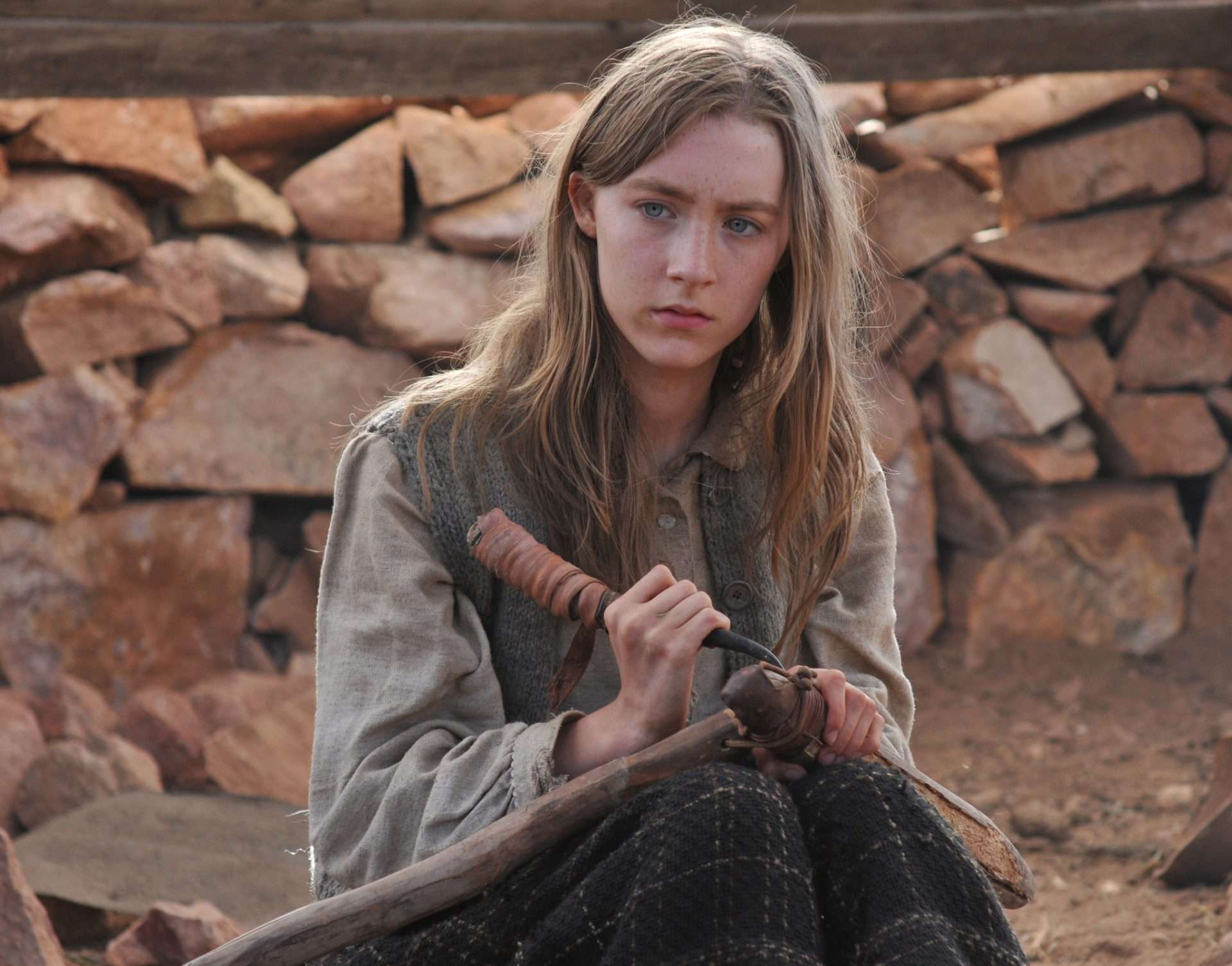
If you ever had to prove what humans are capable of to an alien life form (it is always good to be prepared), point them to the movies. Cinema is congested by incredible true story dramas, whether that be breaking world records or overcoming impossible odds. Although “The Way Back” isn’t exactly a “true story,” it is inspired by a 4,000-mile journey—on foot—to escape a Siberian Gulag camp. The origin of this account is mixed, with Polish Army lieutenant Sławomir Rawicz penning it as his 1956 memoir “The Long Walk.”
Despite ironically being subtitled “The True Story of a Trek to Freedom,” Rawicz’s claim to fame has been largely debunked by Soviet records. In 2009, another WWII veteran came forward protesting it’s his life story Rawicz was spinning gold from, and elsewhere, the son of a British intelligence officer supposed his father had interviewed three men who underwent this breakout hike.
Peter Weir saw its potential wherever it came from and turned “The Long Walk” into a successful survival flick. Jim Sturgess, Colin Farrell, and Ed Harris headline as the prisoners who dared tackle the elements as the lesser of two evils in war-torn Siberia. And by elements, we don’t mean a bit of drizzle—we mean −25°C snow and 50°C deserts. Snowstorms and sandstorms in equal measure, the worst of both worlds, shocking the system with a close call of frostbite, followed by a week of deadly dehydration.
Ronan joins the clan of escapees as a Polish orphan (never fearing an accent challenge, never needing to either) running away from Russian soldiers in Warsaw. Ronan’s presence adds a sprinkling of diversity and dimension, slotting in as the love interest and religious symbol and dosing some tenderness into the mighty macho fight against nature. Almost as incredible as the potentially true but gripping either-way storyline is the fact that Ronan was only fifteen at the time of filming!
6. The Grand Budapest Hotel (2014)
Ronan isn’t in a whole lot of Wes Anderson’s “The Grand Budapest Hotel,” but it’s a diamond title in her film cache that deserves a mention. Her character is a short-and-sweet romance role that takes on more importance in the third act, integral to the prison break scene by baking hammers into pastries (if only “Shawshank” had a baker on hand), and the whole hotel is maintained in memory of her character Agatha by the end. The fact Ronan appears as one in a symphony of famous cameos speaks to her reputation as an A-lister, on ranks with Bill Murray, Edward Norton and Owen Wilson at just 19. Her alacritous, warm-blooded performance blends her rosy-cheeked character into the dollhouse pink behind her, constantly framed in front of a pile of fuchsia boxes or flour-dusted and frosting cakes as if they were faces needing blusher.
Agatha, the colors Anderson associates with her (notice how it’s the same as the hotel itself), and the film’s palette as a whole are dewy and pastel-hued, like clotted cream that covers the tart snap of strawberries (plot) beneath it—robberies, murders, soldiers. Ronan’s part in the oh-so-Anderson orchestra of intertwining stories in “The Grand Budapest Hotel” is the dominating bedfellow to her minor role in Anderson’s “The French Dispatch,” where she plays a kidnapping showgirl. Her eccentric charm perfectly matches Anderson’s iconic tone, and we’ll undoubtedly see her appearing in future collaborations.
Related to Saoirse Ronan Movies: All Wes Anderson Films Ranked
5. See How They Run (2022)
That charm that makes Ronan a cupid’s match for Wes Anderson is also what makes her stand out in “See How They Run”—an oddball black comedy whodunnit with a Coen brothers feel. Like Anderson’s movies, “See How They Run” boasts a range of jewels studding the cast list, including Sam Rockwell, Adrien Brody, Ruth Wilson, Reece Shearsmith, Harris Dickinson, and David Oyelowo. Ronan is at the core of Tom George’s self-reflexive Agatha Christie satire, playing the optimistic—if a little naïve—Constable Stalker. She’s energetic, infectious, and determined to catch the killer of a drunken American director (Brody), so excited she jumps at every first conclusion she stumbles upon. Stalker is making a name for policewomen in the process, with the whole thing unfolding in 1950s London.
The only one who doesn’t find her infectious—at least, not in a good way—is Inspector Stoppard (Rockwell). He’s also a drunk but more of a depressing divorcee swigging from a flask during work hours type. Their opposing personalities cause some dynamic humor, and eventually, the two bond into a friendship. We’ve seen Ronan pull off tear-jerking drama, inflamed love, and historical figures. Now, we see her settle into comedy like a tailored glove, providing “See How They Run” with wit and warmth. Is there anything she can’t do?
4. Brooklyn (2015)
Trademarks are usually reserved for directors, but Ronan’s acting career mirrors her childhood move to New York in films such as “Lady Bird,” “Little Women,” and, as the title suggests, “Brooklyn.” This idea of “returning home from a foreign land” also rears its head in “The Outrun” and “How I Live Now,” as Ronan’s split national identity slant like a shadow—or rather, a sunray, as it’s in no way a bad thing—over her filmography. “Brooklyn” juts out the most in this thematic thread—as if the thread’s been tied multiple times over in the same spot—as it tracks a young Irish immigrant sailing across the pond.
Eilis Lacey goes from a quaint river town in Enniscorthy to a noisy New York boarding house, trying to keep pace with both a change in personal life and the evolving ideals of 1950s society. Oh, and she falls in love with an Italian guy (Emory Cohen). Like “On Chesil Beach,” “Brooklyn” champions understated performances and inferred feelings. “Brooklyn” demonstrates some astute filmmaking from John Crowley in his adaptation of the 2009 novel, rather than the SFX free-for-all of “The Lovely Bones” remake (which, again, Ronan still shimmers in). Fans of the book by Colm Tóibín appreciated its loyalty to the source material, absorbing viewers into a rich period drama of diverging cultures.
3. Atonement (2007)
As well as being a New York lover, Ronan clearly has a soft spot for book adaptations. “Atonement” is one of the few movies to live up to the words on the page, authored by McEwan and directed by Joe Wright. That said, Ronan didn’t know that this mirroring pattern would guide her career when shooting “Atonement,” given that she was still a child. Young Ronan portrays the bossy—even slightly bratty—tween girl Briony Tallis in 1935. Three actresses across the “Atonement” timeline play Briony, but Ronan sets the stage and embodies the kernel that will pop into a tale of guilt, heartbreak, betrayal, loss, and the teasing closeness of what could have been.
This guilt haunts Briony like a phantom limb for the rest of her life, accusing young Robbie (James McAvoy) of a crime he didn’t commit when she was 13 and getting him shipped off to war. Not only does this tear apart the budding relationship between him and Briony’s older sister (Keira Knightley), but it also leads Robbie on a yomping, corpse-littered journey to Dunkirk, part of which is breathtakingly filmed in a roving one-take shot.
For all its blood-and-guts trauma, “Atonement” is dreamy in its cinematography, with Ronan’s version of Briony acting as the harbinger of a tragedy domino. “Atonement” isn’t a straight-flying narrative or perfectly domed character arc. The Hero’s Journey (in this case, Briony, who’s more like an anti-hero) is a spiral—a scribble—rather than a complete circle, continually shifting between past and present to excavate deeper clues, deeper truths, and relearn what has already been learned.
2. Little Women (2019)
Remaking a piece of classical literature is risky business, but in the hands of Greta Gerwig, it looks easy. Even better than the successful 1994 adaptation by Gillian Armstrong, Gerwig’s “Little Women” impeccably taps into the coziness of Louisa May Alcott’s novel and sparks with feisty, warm chemistry between the March family members intrinsic to the female experience even 150 years after Little Women’s publication. Ronan plays Jo March, the middle sister and black sheep that “Little Women” primarily focuses on. Jo is an outspoken tomboy obsessed with being a writer—infatuated with the written word more than she is finding a partner or being a respectable woman. Gerwig opens the film to Jo in New York (of course), where she receives a letter about her sister’s serious illness and must return home to a postcard-perfect, logfire family home in Massachusetts.
Nothing can pacify Jo’s need to get out in the world, publish her work, and prove that women are more than “just hearts […] they’ve got ambition, and they’ve got talent, as well as just beauty. I’m so sick of people saying that love is just all a woman is fit for.” A speech Ronan was praised for as it circulated social media in acting compilations and lesbian memes. Jo’s burning desire and incessant rhapsodizing burst through Ronan and into our hearts, her wild spirit begging to be set free from the screen.
1. Lady Bird (2017)
Like Jo, Ronan’s character in “Lady Bird” ( or moreover, the way Ronan portrays her) is incandescent and expansive, a gravitational pull that draws us into her teenage girl world of boyfriends, best friends, house parties, and mommy issues. Christine, or ‘Lady Bird,’ as she nicknames herself, is desperate to dilate her life and—you guessed it—move to New York. But for now, she must settle for being a high-schooler in Sacramento, where again-director Greta Gerwig was raised in real life, offering that personal touch that makes “Lady Bird” so special.
“Lady Bird” is an emblematic example of the coming-of-age film and everything we love about them. Ronan’s candor, rebellious, insecure, angsty aura make us laugh and cry in equal measure, tapping into the languid limbo of teenagehood, sleepovers, and school summers, hungry for and afraid of more. Dying her red hair and going by the name Lady Bird are just some ways Christine thrashes against the restrictions of skint parents and Catholic education, suspended mid-air while on the waiting list for a New York college. A24 is now one of the most esteemed studios in cinema, migrating mainstream with arthouse, guaranteeing an audience from both sides of the cinematic coin. “Lady Bird” was one of the early A24 movies to garner its current reputation, standing as a pillar alongside “Moonlight,” “Hereditary,” “Midsommar,” and “Everything Everywhere All at Once” in building the momentum of A24’s success.

